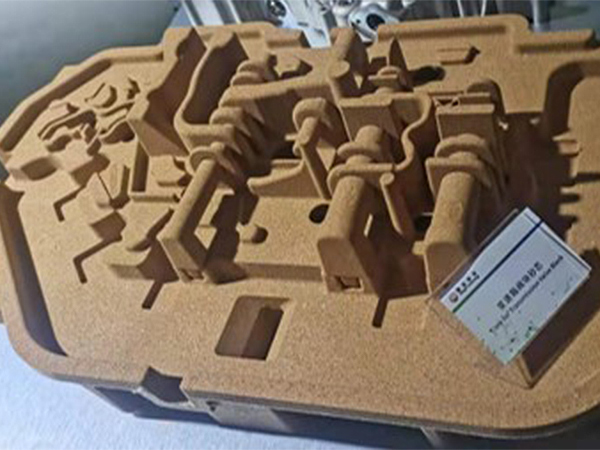Examples of Sand Casting Products A Versatile Manufacturing Process
Sand casting, also known as sand mold casting, is one of the oldest and most widely used manufacturing processes in the world. This method involves creating a mold from sand and pouring molten metal into the mold to create various metal products. The versatility of sand casting makes it suitable for producing a diverse range of components for various industries, including automotive, aerospace, construction, and art. This article will explore some notable examples of sand casting products that showcase the capabilities and applications of this manufacturing technique.
1. Automotive Parts
The automotive industry heavily relies on sand casting to produce critical components. Engine blocks, transmission housings, and cylinder heads are just a few examples of sand-cast products that are essential for vehicle performance. Sand casting allows manufacturers to produce complex shapes and large parts with relative ease, making it an ideal choice for mass production. For instance, the engine block of a vehicle is often made using sand casting, where intricate designs and performance requirements demand precision and durability.
2. Aerospace Components
Another industry that benefits from sand casting is aerospace. Components used in aircraft and spacecraft often require high strength-to-weight ratios and resistance to extreme environmental conditions. Examples include turbine housings, brackets, and landing gear components. These products are typically made from high-performance alloys that can withstand the rigors of flight. The sand casting process allows for the creation of complex geometries while ensuring that the final product meets stringent safety and performance standards.
Sand casting is also prevalent in the production of industrial machinery parts. Components such as gear housings, pump casings, and crankshafts are commonly manufactured through this process. The ability to produce large, heavy items with precise tolerances makes sand casting particularly effective for industrial applications. For example, a large pump casing, which may weigh several tons, can be produced efficiently through sand casting, ensuring both reliability and performance in industrial settings.
examples of sand casting products

4. Artistic Sculptures and Decorative Items
Beyond industrial applications, sand casting is used to create artistic sculptures and decorative pieces. Bronze statues and intricate art pieces are often created using the sand casting method. Artists can create detailed molds that capture nuances and features of their designs, resulting in beautiful and unique works of art. This application not only highlights the technical aspects of sand casting but also its aesthetic potential, showcasing how art and manufacturing can intersect.
5. Electrical Components
Electrical enclosures and housings are also frequently produced using sand casting. These components must be functional while also providing protection against environmental factors. For instance, components like junction boxes, transformer housings, and heat sinks utilize sand casting for their robust and durable designs. The ability to create intricate shapes, combined with the strength of metals used in the casting process, ensures that electronic devices remain safe and operational under various conditions.
6. Marine Applications
The marine industry employs sand casting to produce parts that are resistant to corrosion and wear from harsh environments. Examples include propeller hubs, valve bodies, and other critical components used in boats and ships. Given the challenges posed by saltwater and marine conditions, sand-cast products are engineered to deliver longevity and reliability, ensuring that marine vessels remain efficient and safe during operation.
Conclusion
Sand casting is a versatile and widely used manufacturing process that produces a diverse array of products across various industries. From automotive parts and aerospace components to artistic sculptures and marine applications, the examples of sand casting illustrate its importance in modern manufacturing. The ability to create complex shapes and large parts while maintaining precision and durability makes sand casting a preferred choice for many applications. As technology progresses, advancements in sand casting techniques and materials will likely continue to expand its capabilities, further cementing its role in the manufacturing landscape. Whether for functional components or artistic endeavors, sand casting remains a crucial process in the creation of quality metal products.
Post time:marras . 11, 2024 12:23
Next:sand casting manufacturers
